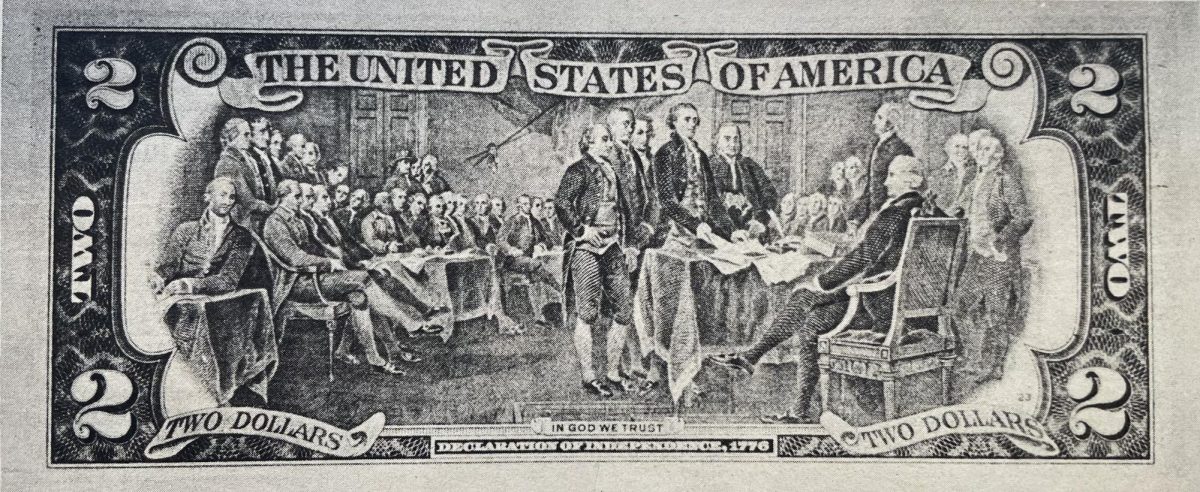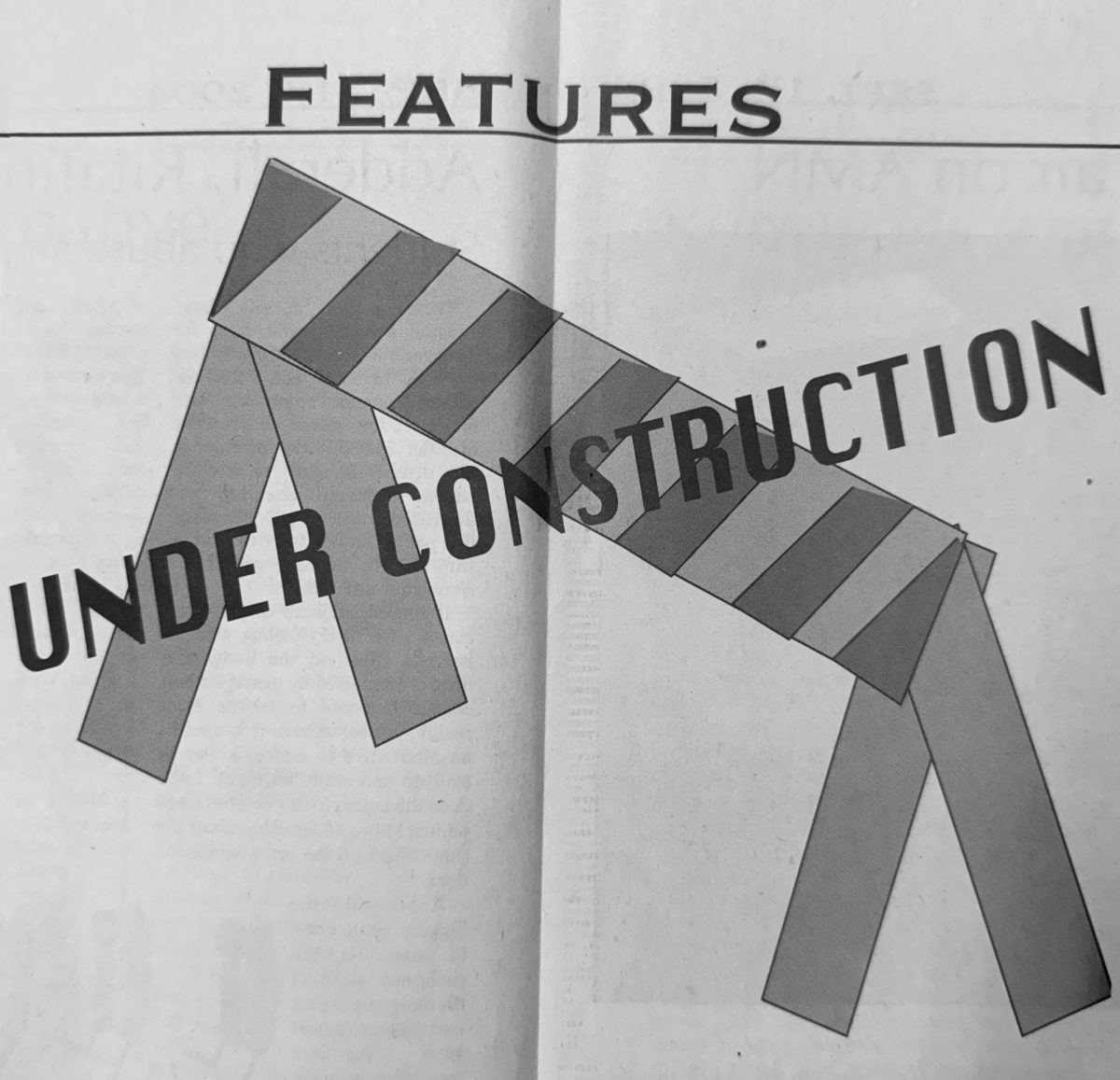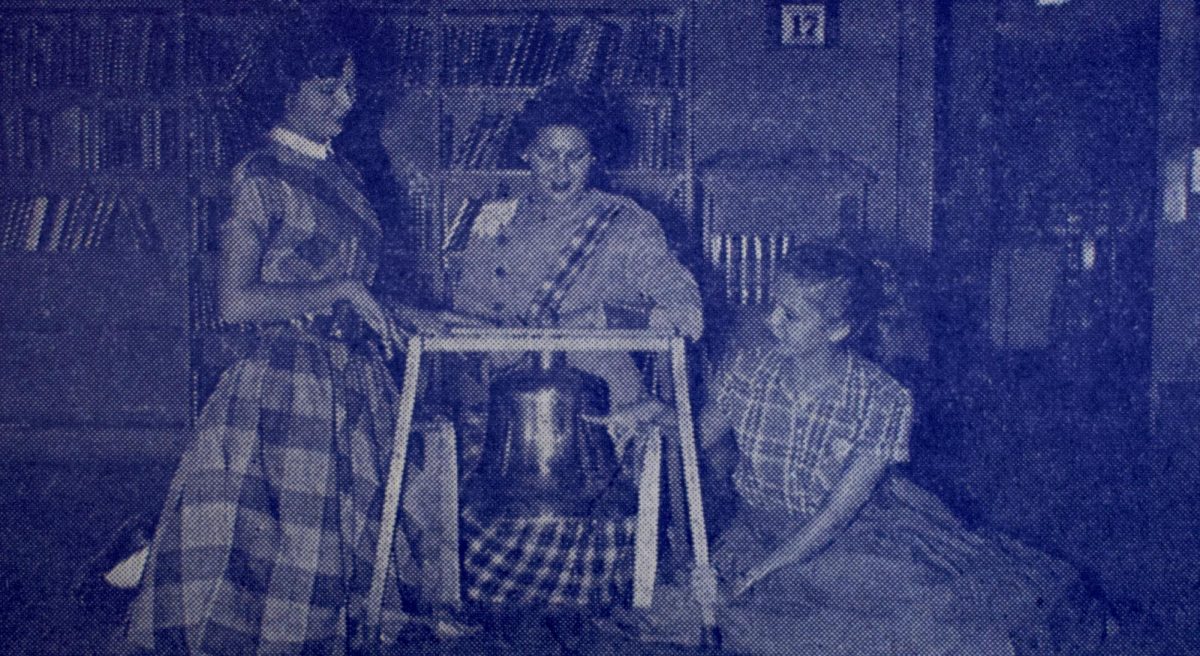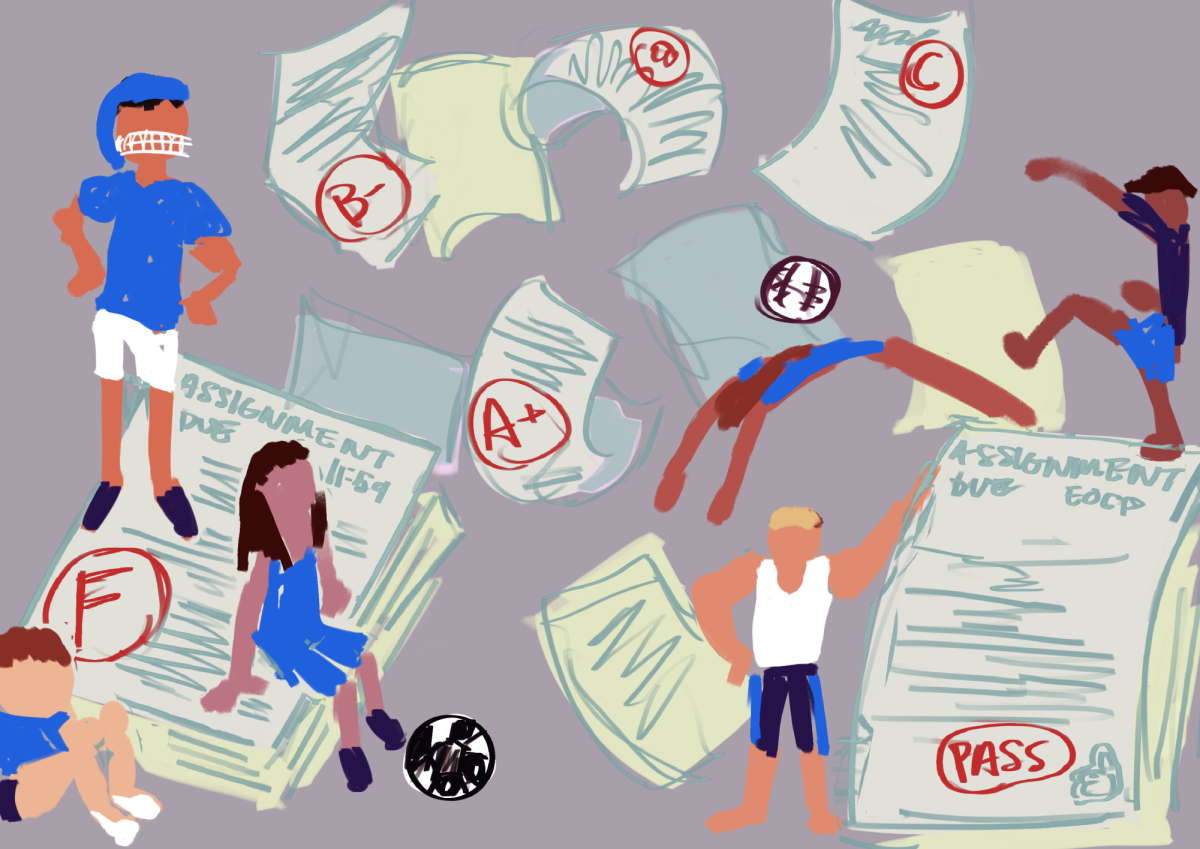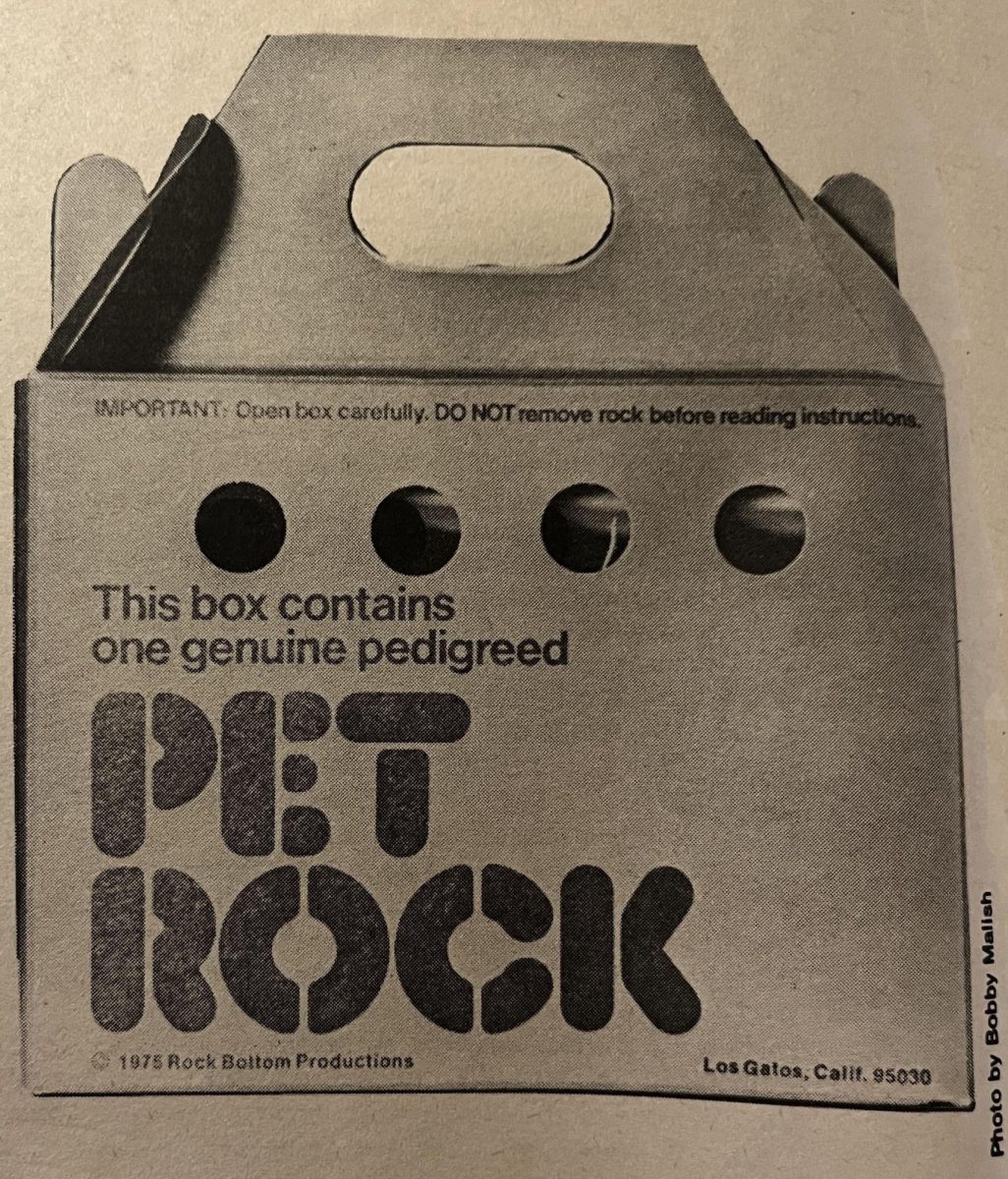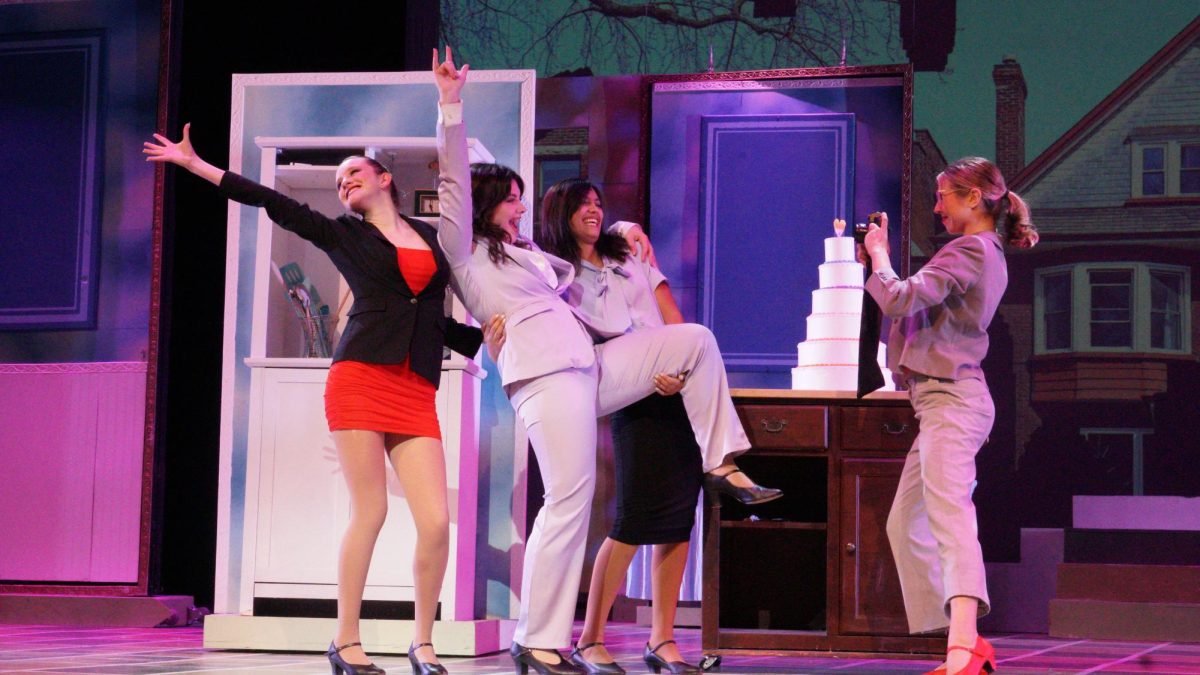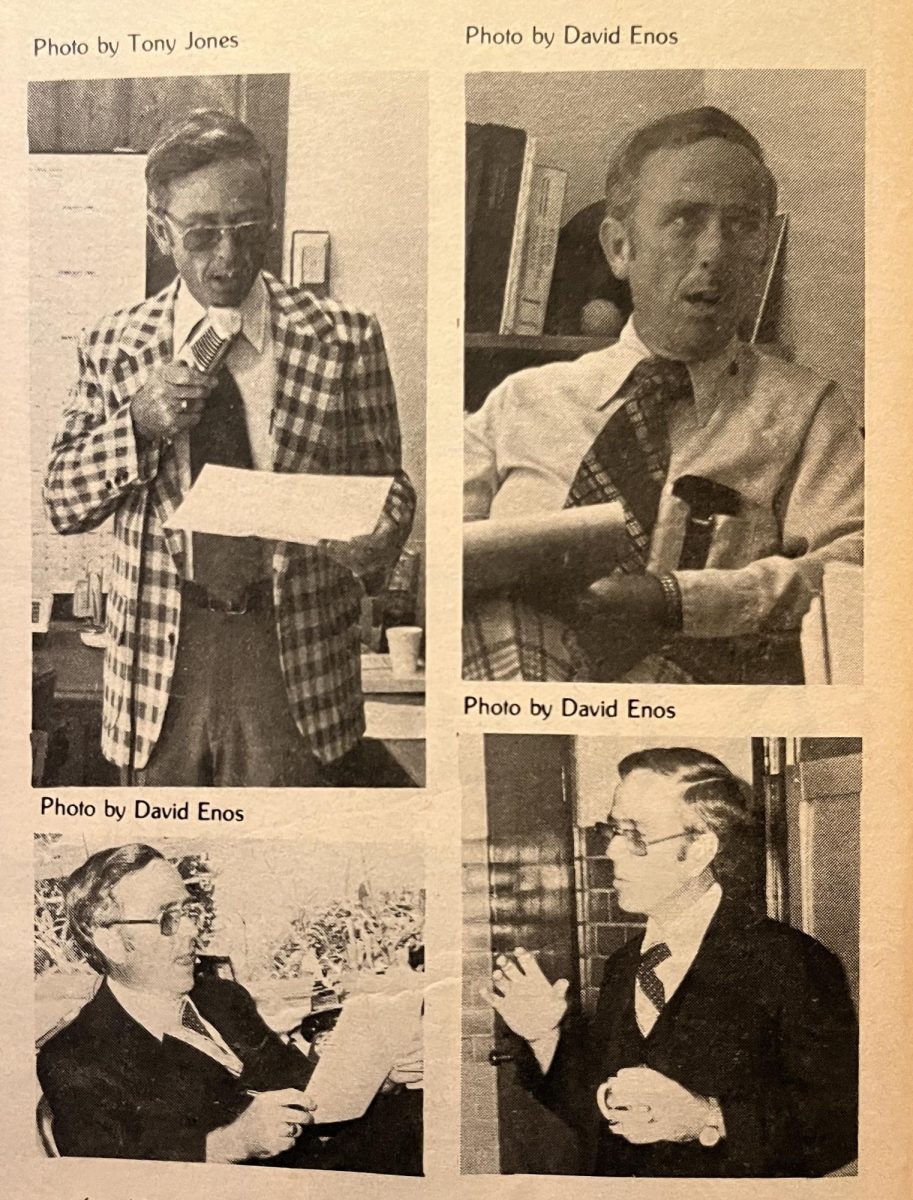Everybody is getting into the Bicentennial: airlines, the phone company, pinball machine makers, store owners, the media and every other organization under the sun. Some time last June the Department of the Treasury decided it needed to help out with the Bicentennial, also.
But how does the Department of Treasury go Bicentennial? It couldn’t put out Secret Service people dressed in Red, White and Blue, so it settled for the next best thing, bicentennial money.
All of the Bicentennial coins are dated 1776-1976 to commemorate the Bicentennial. The bicentennial designs on the backs were contrived by participants in a national contest. These are the only coins ever designed by people not employed by the Department of Treasury, excluding the buffalo nickel.
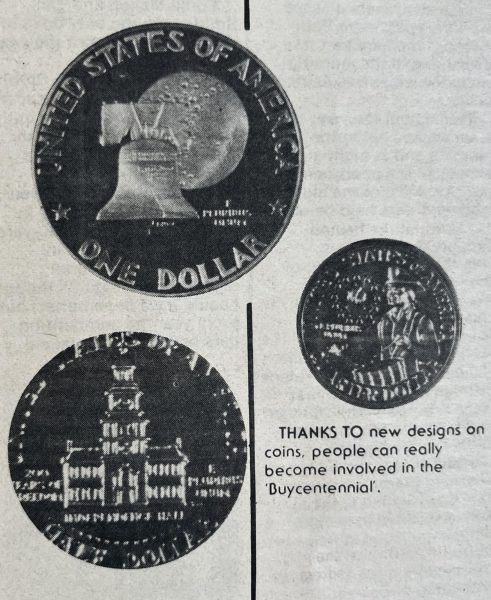 During August of 1975, the first of the coins, the 50 cent piece, arrived. It has the usual Kennedy portrait on the front, but the tail end has Independence Hall on it instead of the traditional insignia of the United States.
During August of 1975, the first of the coins, the 50 cent piece, arrived. It has the usual Kennedy portrait on the front, but the tail end has Independence Hall on it instead of the traditional insignia of the United States.
In addition to the usual E plurius unim on the back there is also a short statement so even the most dull-witted coin collector can tell he has a real live bicentennial coin in his hand, “200 years of freedom.”
Quarters are also ‘bicentennialized’. The front is virtually the same as always, but the back is drastically changed. Instead of the eagle under the United States motto, there is a revolutionary drummer looking into a torch which is surrounded by 13 stars.
Dollar coins were slightly altered for the Bicentennial. The Liberty Bell is shown in front of the moon. Collectors items is one thing the coins won’t be. The treasury department is minting more than 1.6 billion quarters and 550 million 50 cent pieces. After more than a decade, an old taboo among superstitious people, the $2 bill, has returned. The $2 bill was first printed in the United States in 1776 when 49,000 were made to pay revolutionary soldiers. The bill was scarce until the Civil War. It was printed year after year from 1862 until 1965, when the Department of the Treasury decided to quit printing the deuce because of unpopularity.
Superstition against the $2 bill started when people decided they didn’t want their hands on them.
Politicians often bought votes for two dollars so a person with a deuce on him was likely to be suspected of selling his vote. Since there is no separate slot for twos in change drawers, some store owners wouldn’t accept them because clerks occasionally gave them instead of ones in change.
Hoping to make the $2 bill more popular with the citizens of the United States, the Treasury Department gave it a Bicentennial theme. Once again the front is nothing new, with a portrait of Thomas Jefferson, but the back is very new. Dominating the back is the painting “The Signing of the Declaration of Independence,” which hangs at Trumball Gallery at Yale.
Before the deuce appeared, there were rumors floating around that a portrait of Dr. Martin Luther King Jr. or Susan Anthony would be on the front, but the Treasury said this would be “too radical.”
With a little bit of luck, the Treasury Department will make the $2 bill stick this time. It received instant publicity through the media when it was released on April 13 to honor Jefferson’s birthday. The Department also hopes to make the bill stay by printing 400 million per year instead of the 14 million average from before.
Ulterior motives lurk behind the Treasury Department’s desires to see the deuce stay in circulation. It plans to save $27 million over the next five years by gradually replacing one dollar bills with deuces. In time, the Department hopes to replace one half of the ones, which make up 60 per cent of United States currency, with twos. The Treasury maintains that it didn’t decide to put the bills back in circulation because of inflation, but a $2 bill sure will help to buy a dollar’s worth of groceries.
Bicentennial coins will only be minted until January, 1977, and then they will return to the same old thing. The $2 bill, however, will continue to have a picture of some old men looking at a simple piece of paper which was the beginning of the United States of America.
And, on the front, just to the side of Jefferson’s portrait will be the words “Series 1976” to remind everyone of the you-know-what.
This article was published in The Shield on April 30, 1976.


